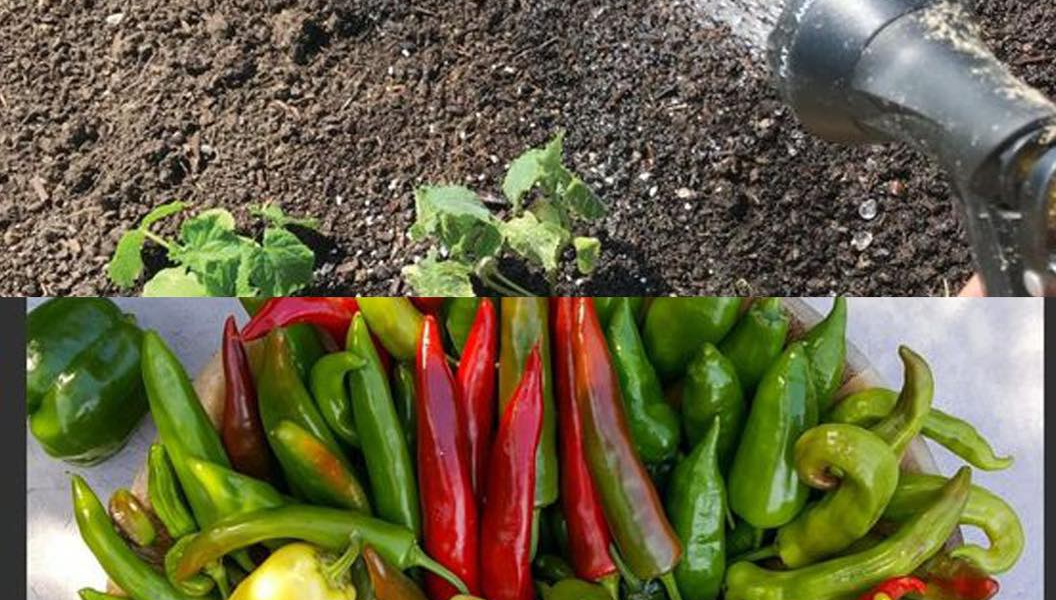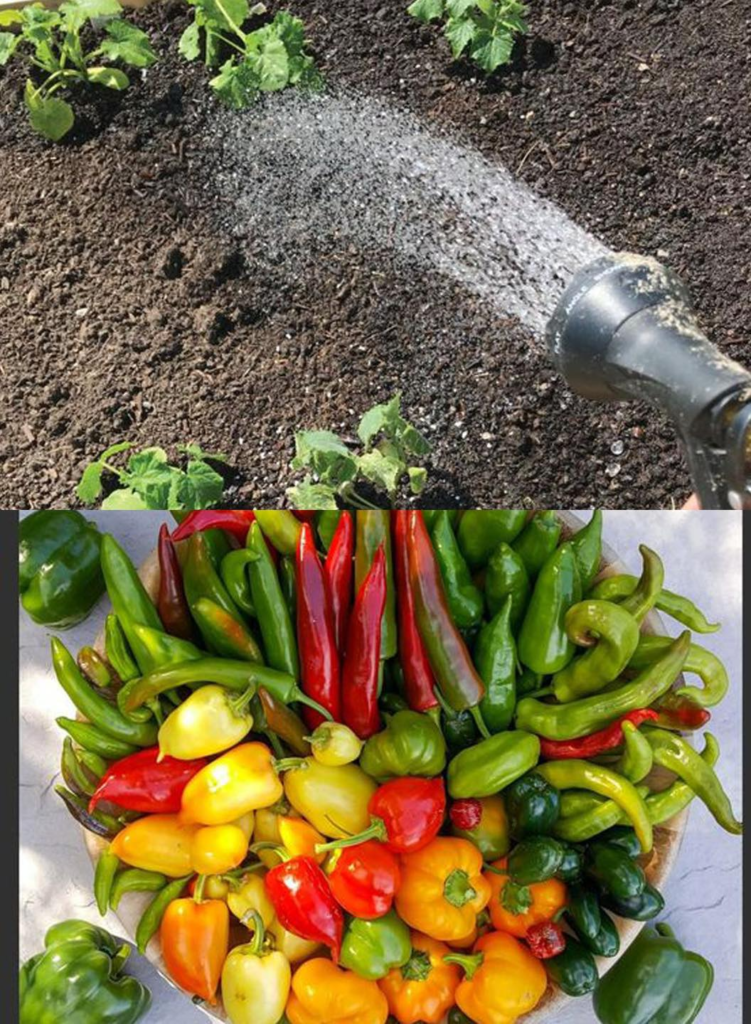
Watering your garden is a fundamental aspect of gardening that significantly affects the health and yield of your plants. The frequency and amount of water required can vary widely depending on the type of vegetables you’re growing, the stage of growth, and the environmental conditions. This article will explore how often you should water the 20 most common vegetables, when to water them, and the approximate gallons needed for optimal growth.
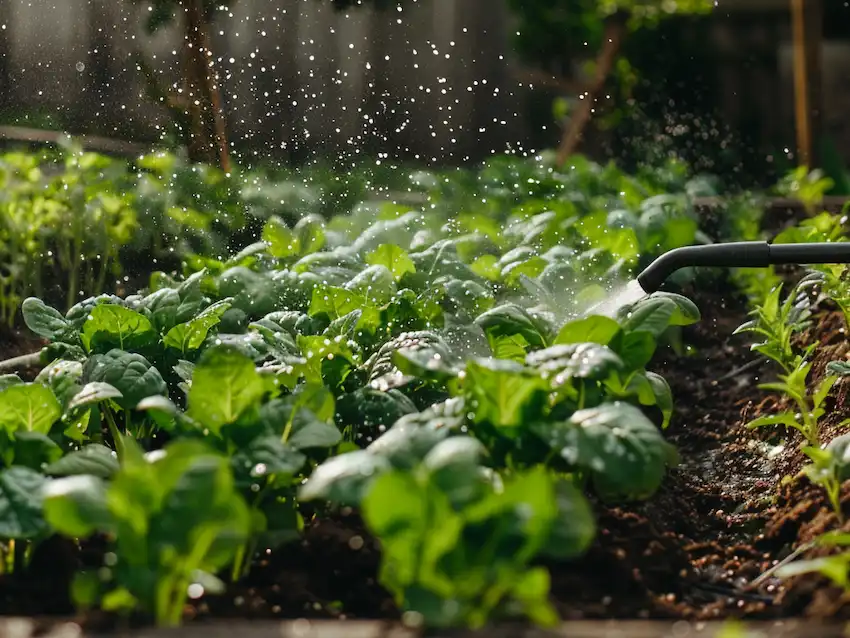
Understanding Watering Basics
Before diving into specific vegetables, it’s important to understand a few key principles of watering:
- Morning Watering: Watering in the early morning is best, as it allows water to soak deeply into the soil, reaching the roots while minimizing evaporation.
- Deep Watering: Less frequent, deep watering is preferable to shallow, daily watering. This encourages deeper root growth.
- Check the Soil: The best way to know if your plants need water is to check the soil. If the top inch of soil is dry, it’s time to water.
- Use Mulch: Applying a layer of mulch around your plants can help retain soil moisture and reduce watering needs.
Watering Guide for 20 Common Vegetables
- Tomatoes: Water 1-2 times per week, providing about 1-1.5 inches of water each time, or about 0.623 gallons per square foot per week.
- Peppers: Similar to tomatoes, water 1-2 times per week with the same amount of water.
- Cucumbers: Require more water, about 1-2 inches per week, especially during flowering and fruit development.
- Zucchini/Squash: Water 1-2 times per week, ensuring the soil is moist to a depth of 6 inches.
- Lettuce: Needs consistent moisture, water every other day or more during hot weather, about 1 inch per week.
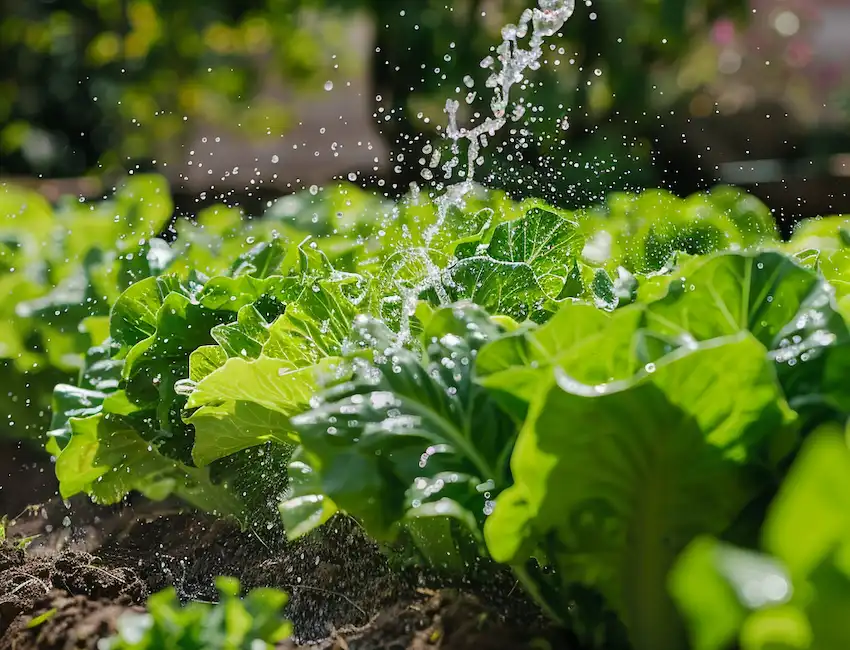
- Spinach: Requires regular watering to keep the soil moist, about 1 inch per week.
- Carrots: Water 1 inch per week. Deep watering is crucial for root development.
- Beets: Need about 1 inch of water per week, with increased frequency in hot, dry weather.
- Radishes: Keep the soil consistently moist, about 1 inch of water per week.
- Beans (Bush and Pole): Water 1-2 times per week, providing about 1 inch of water.
- Peas: Require about 1 inch of water per week, more in hot weather.
- Onions: Need about 1 inch of water per week, reducing watering as bulbs mature.
- Garlic: Similar to onions, with less water needed as the bulbs mature.
- Potatoes: Water 1-2 inches per week, reducing as tubers begin to mature.
- Kale: Requires consistent moisture, about 1-1.5 inches of water per week.
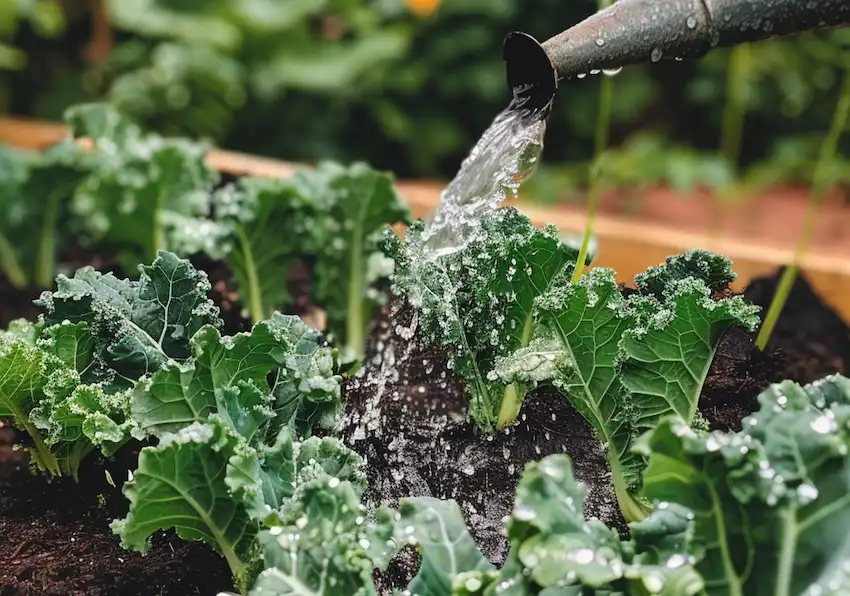
- Swiss Chard: Water regularly to keep the soil moist, about 1 inch per week.
- Eggplant: Needs 1-1.5 inches of water per week, similar to tomatoes and peppers.
- Broccoli: Requires consistent moisture, about 1-1.5 inches of water per week.
- Cauliflower: Similar to broccoli, with regular watering to keep the soil moist.
- Cabbage: Needs about 1.5 inches of water per week, with consistent soil moisture.
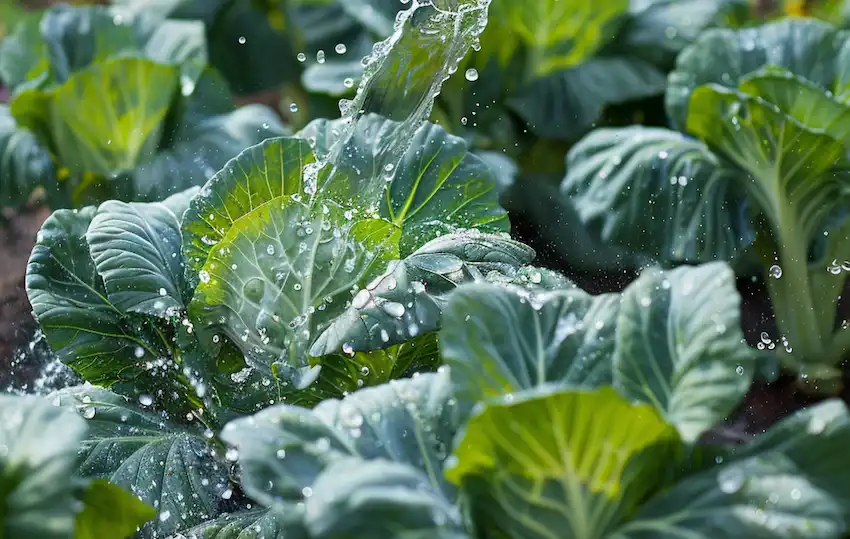
The key to successful vegetable gardening is understanding the specific water requirements of each plant. By following the guidelines above, you can ensure that your garden receives the right amount of water for healthy growth and abundant yields. Remember, these are general guidelines, and factors such as soil type, weather, and plant maturity can all influence watering needs. Always check the soil moisture and adjust your watering schedule accordingly to meet your garden’s unique requirements.
